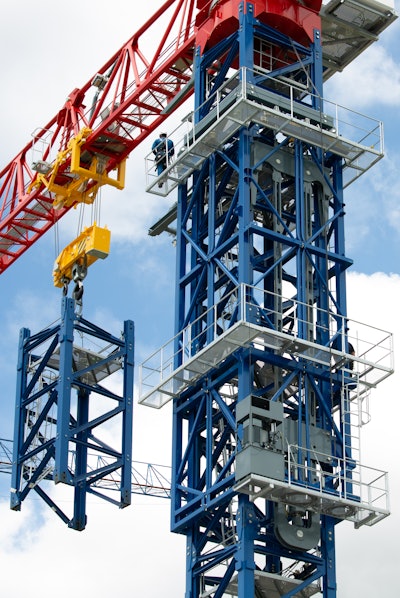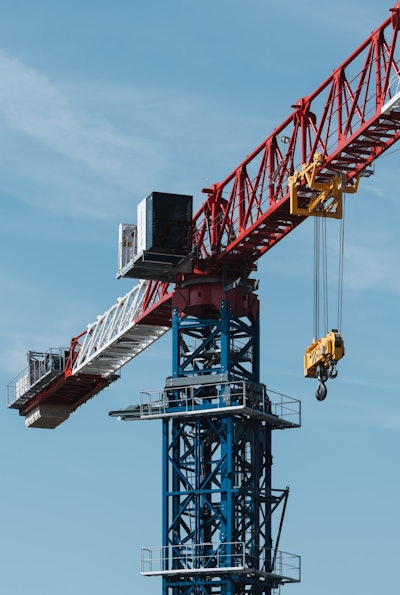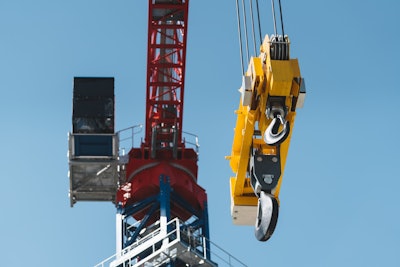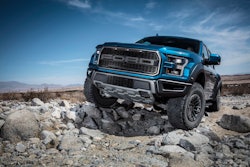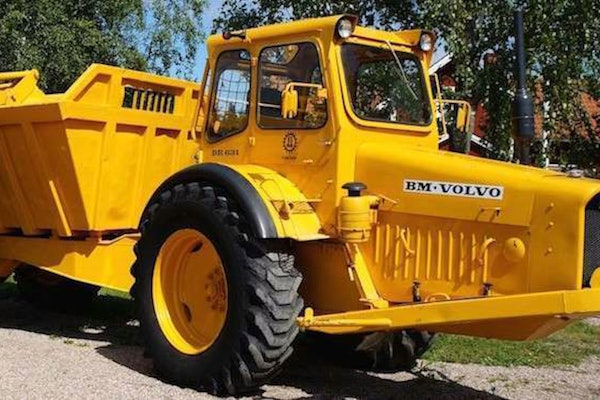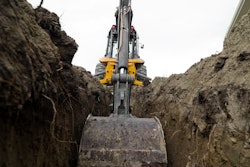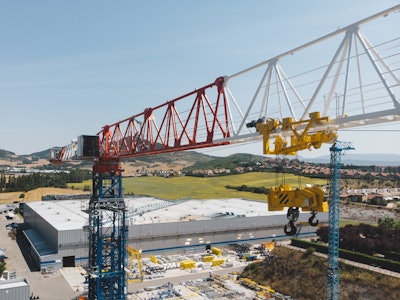
Comansa has launched a new tower crane model that is the largest capacity crane in its 2100 Series.
Comansa says the new 21LC1050 is a good fit for large industrial or mining projects as well as for vertical construction involving prefabricated and steel structures.
The crane is offered in 25-, 37.5 and 50-metric-ton versions (27.5-,41.3- and 55.1-ton), and can be erected with a reach between 30 and 80 meters (98 and 262 feet) with configurations every 5 meters (16 feet). An optional jib configuration is available allowing a longer, 85-meter reach (279 feet).
Comansa has included the new CUBE XL cab as standard on the 21LC1050. The cab gives operators greater visibility and features glass front, sides and floor along with hangers, space for a coffee maker or other small appliances, Bluetooth, USB ports and storage shelves.
The crane also features Comanso’s PowerLift system which the company says can improve the crane’s load diagram by 10 percent.
Design features
 The CUBE XL cab on the new 21LC1050.
The CUBE XL cab on the new 21LC1050.The design of the 21LC1050’s slewing part is similar to that of Comansa’s 21LC750, the company says, adding that the crane also shares a large part of the jib and counterjib sections with the 21LC750 and the 21LC660. “Instead of having a cusp element, the jib and counterjib join directly on the slewing part, which allows a much faster and safer assembly,” according to a Comansa press release.
The company says the crane’s counterjib features a unique design, allowing numerous configurations and giving the crane the ability to adapt to the different needs of each job.
“The complete structure of counterjib consists of 5 modular elements that allow up to 6 different configurations. Thus, when the crane is assembled with a maximum range of 80 meters (262 feet), the counterjib radius is 31 meters (102 feet), being able to reduce, for example, to 27 (88.5 feet) when the jib is 50 meters (164 feet), or to 21 (69 feet) when the reach is 30 metres (98 feet). In addition, the counterjib radius in all its configurations can be reduced by 1 additional meter with steel counterweights, which are offered as an optional element,” Comansa says.
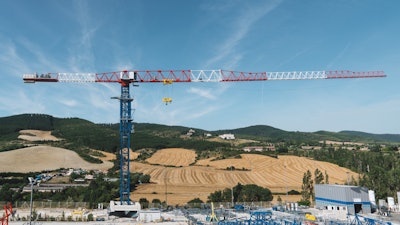
The company says the 21LC1050 is erected on a new tower section that is 2.5 meters (8 feet) wide, and is compatible with the company’s other mast sections of the same width. Comansa says this D36B tower section will become the standard on other models like the 21LC750 or the LCL700 luffer.
The 21LC1050 reaches a freestanding height of 73.3 meters (240.5 feet) and can exceed 98 meters (321.5 feet) when combined with other larger width sections offered by Comansa.
A 20-millimeter (0.78 inch) hoist cable allows he 21LC1050’s hoist mechanisms to have drums with high rope capacity, Comansa says. “The standard mechanism, 65 kW, has capacity for 720 meters (2,362 feet) of wire rope and reaches speeds of up to 166 metres (545 feet) per minute in the versions of 25 and 37.5 tonnes, and 83 m / m in the 50 t version,” the company says. “For projects in which it is necessary to reach higher speeds (up to 300 meters [984 feet] per minute), two optional mechanisms are also available, of 110 and 132 kW respectively, as well as the possibility of issuing with Lebus drums with capacity for 1,570 meters (5,150 feet) of rope.”
A single-double trolley system with automatic reeving change keeps the 21LC1050’s load diagram optimized. The simple, or front, trolley improves the crane’s tip loading capacity and allows for faster hoisting. The double trolley (front plus rear) allows the crane to work with heavy loads. The 50-metric-ton model, typically used on jobs where heavy loads are constantly being lifted, offers the simple trolley as an option.
